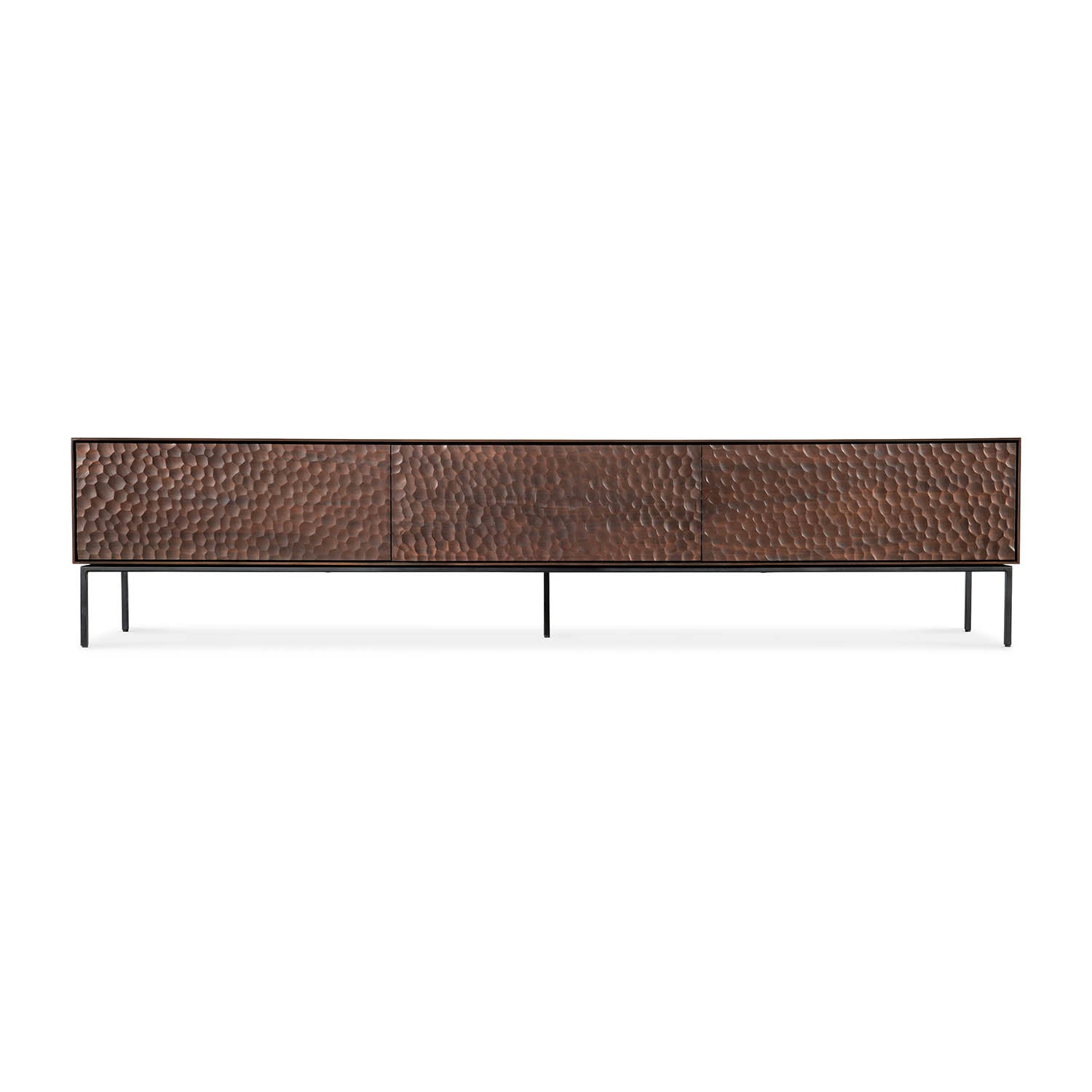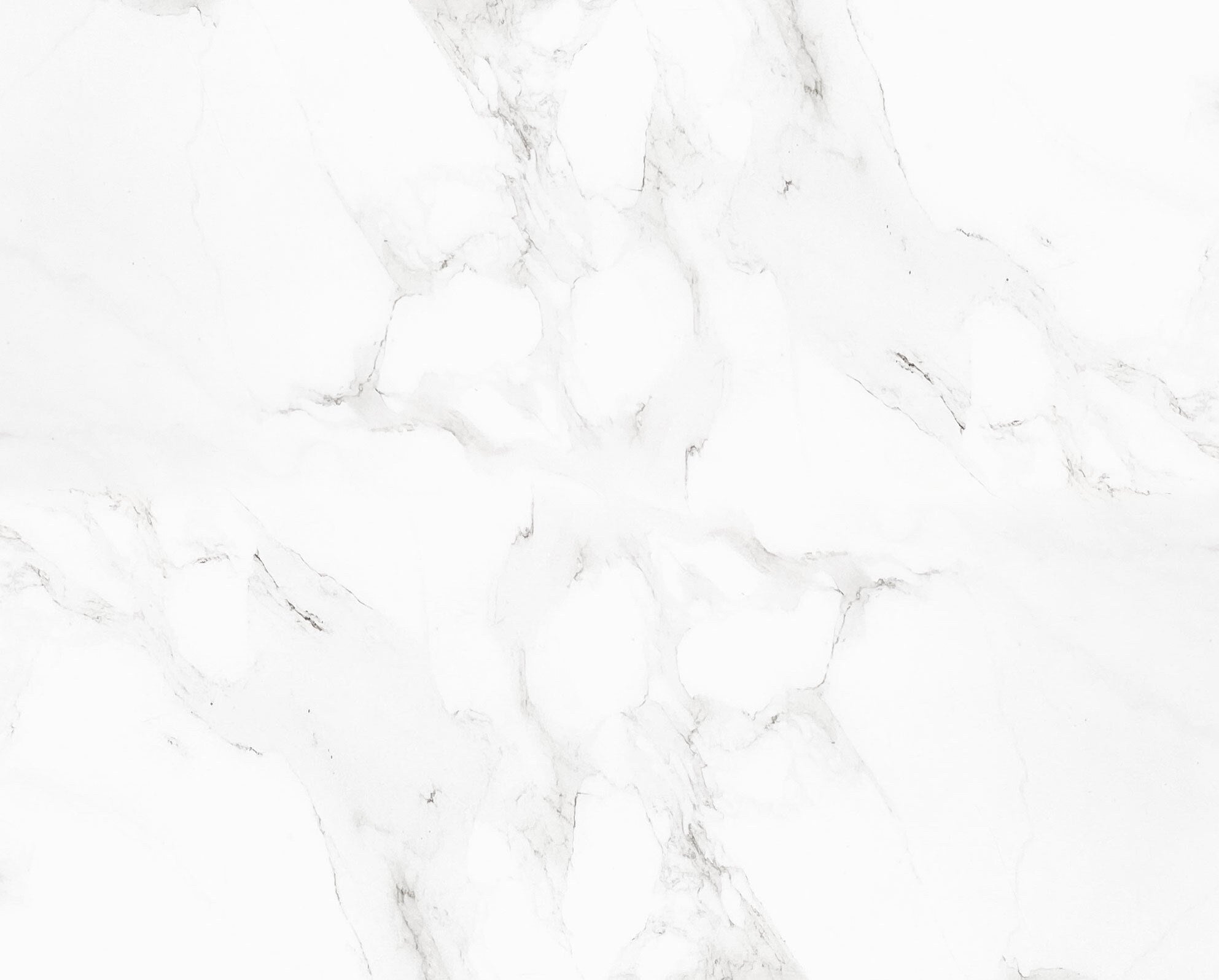Knock on Wood: How to Care for Your Wood Furniture

What Not to Do
 Cleaning products to avoid - you need to be careful when choosing cleaning products for your wood furniture, or you may end up doing more harm than good. Never use all-purpose cleaning sprays on your wood furniture as some contain bleach, alcohol or other chemicals that can stain or strip wood. Despite being sold as a furniture polish, you should also avoid using Pledge on your wood, as it builds up waxy layers of silicone that may hide imperfections but not actually help treat the wood in any way.
Cleaning products to avoid - you need to be careful when choosing cleaning products for your wood furniture, or you may end up doing more harm than good. Never use all-purpose cleaning sprays on your wood furniture as some contain bleach, alcohol or other chemicals that can stain or strip wood. Despite being sold as a furniture polish, you should also avoid using Pledge on your wood, as it builds up waxy layers of silicone that may hide imperfections but not actually help treat the wood in any way. 
What to Do
Now that we’ve looked at what not to do, let’s review what to do to properly care for your furniture.
Dust - regular dusting is a key step in proper wood maintenance. Though there’s probably very few people out there who actually enjoy dusting, it’s a task that must be done. Frequent dusting removes any airborne deposits that can build up in a filmy layer and may scratch the surface. While you can use a traditional feather duster on more delicate objects, as a rule of thumb they’re not the best for dusting large pieces as they don’t capture the dust, but just move it back into the air, allowing it to resettle later. Instead, try soft, lint-free cloths and wool or fiber-based dusters (like Swiffers) that will capture the dust using static.  Clean - any spills should be cleaned up immediately to avoid permanent damage. It’s generally best to avoid using water on wood, but some tricky spots may require a bit of soap and water (and elbow grease!). For any stubborn spots dip a lint-free cloth in mild soap or detergent dissolved in water, wring the cloth nearly dry, and thoroughly wipe the area. Rinse and immediately dry with a clean, soft cloth.
Clean - any spills should be cleaned up immediately to avoid permanent damage. It’s generally best to avoid using water on wood, but some tricky spots may require a bit of soap and water (and elbow grease!). For any stubborn spots dip a lint-free cloth in mild soap or detergent dissolved in water, wring the cloth nearly dry, and thoroughly wipe the area. Rinse and immediately dry with a clean, soft cloth.  Polish/Wax - while we warned against using Pledge, wood furniture should be treated with a silicone-free polish or wax a couple of times a year. Waxes may also cause build-ups, so use sparingly. Make sure to use a paste wax or liquid wax made specifically for furniture. Polish is the ideal way to treat your wood furniture as it contains detergents, emulsifiers and mineral oil that will bump up the sheen without causing build-ups.
Polish/Wax - while we warned against using Pledge, wood furniture should be treated with a silicone-free polish or wax a couple of times a year. Waxes may also cause build-ups, so use sparingly. Make sure to use a paste wax or liquid wax made specifically for furniture. Polish is the ideal way to treat your wood furniture as it contains detergents, emulsifiers and mineral oil that will bump up the sheen without causing build-ups.  Seeing everything laid out in one list, it looks like taking care of wood furniture is a lot of work. But properly maintained wood furniture is certainly worth the effort. All that’s really required is thoughtful placement of your pieces, a few spare minutes to dust once every week or so, and a little more time twice a year for polishing. And furniture that lasts will save you time and money in the long run, when you don’t have to run out and buy new furniture every couple of years.
Seeing everything laid out in one list, it looks like taking care of wood furniture is a lot of work. But properly maintained wood furniture is certainly worth the effort. All that’s really required is thoughtful placement of your pieces, a few spare minutes to dust once every week or so, and a little more time twice a year for polishing. And furniture that lasts will save you time and money in the long run, when you don’t have to run out and buy new furniture every couple of years.







Leave a comment